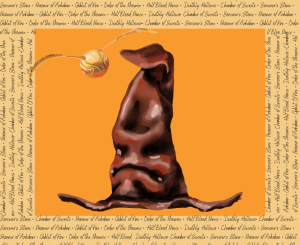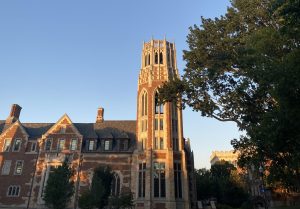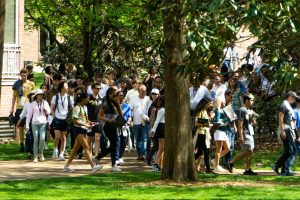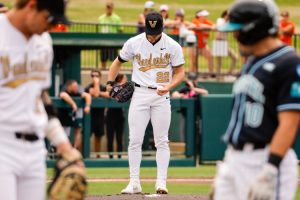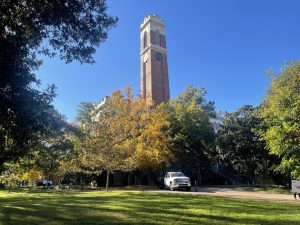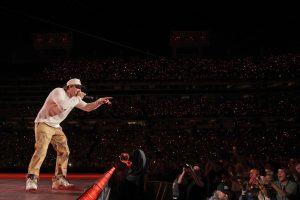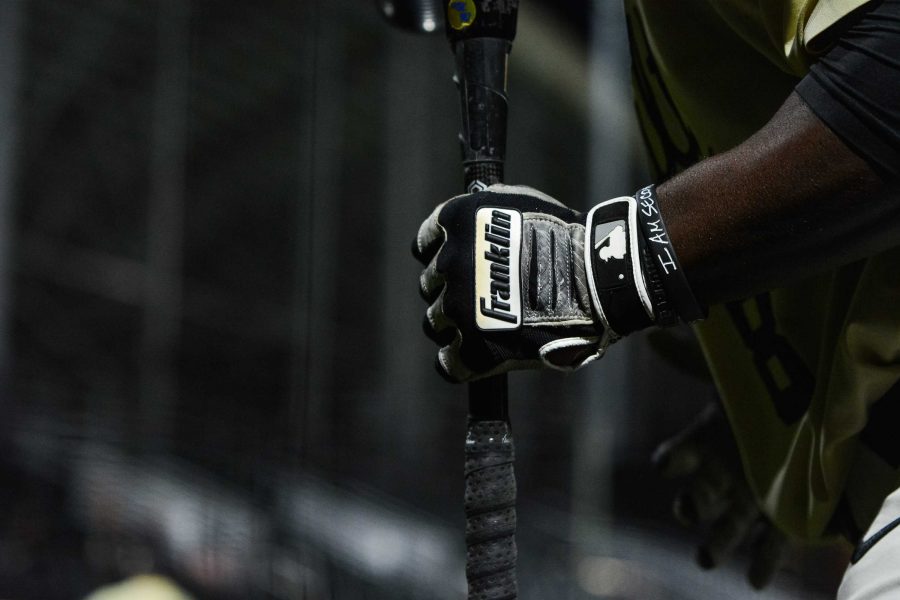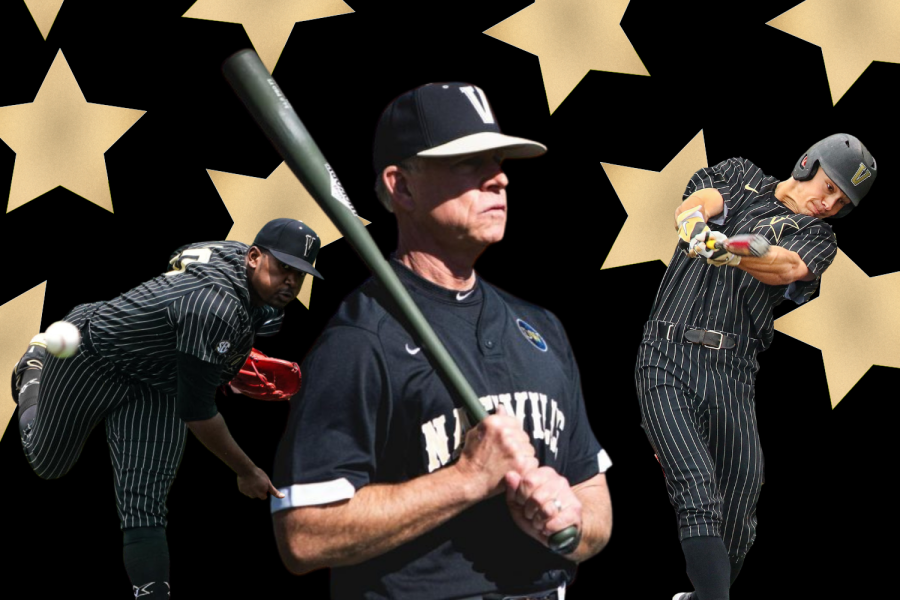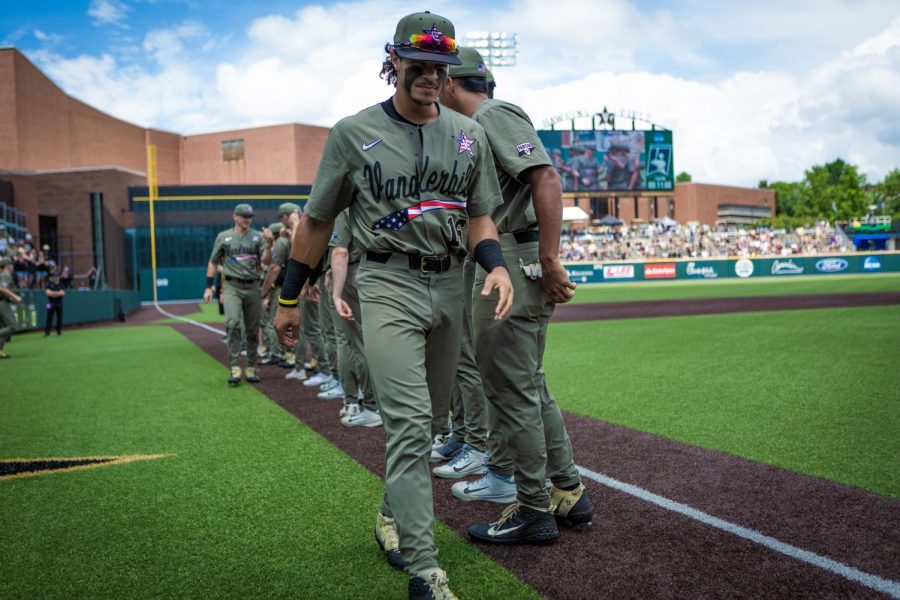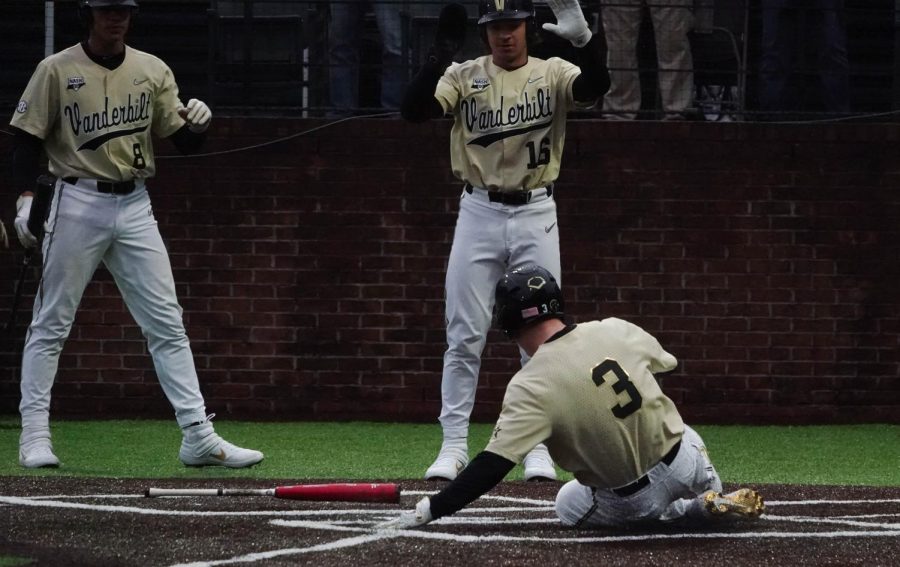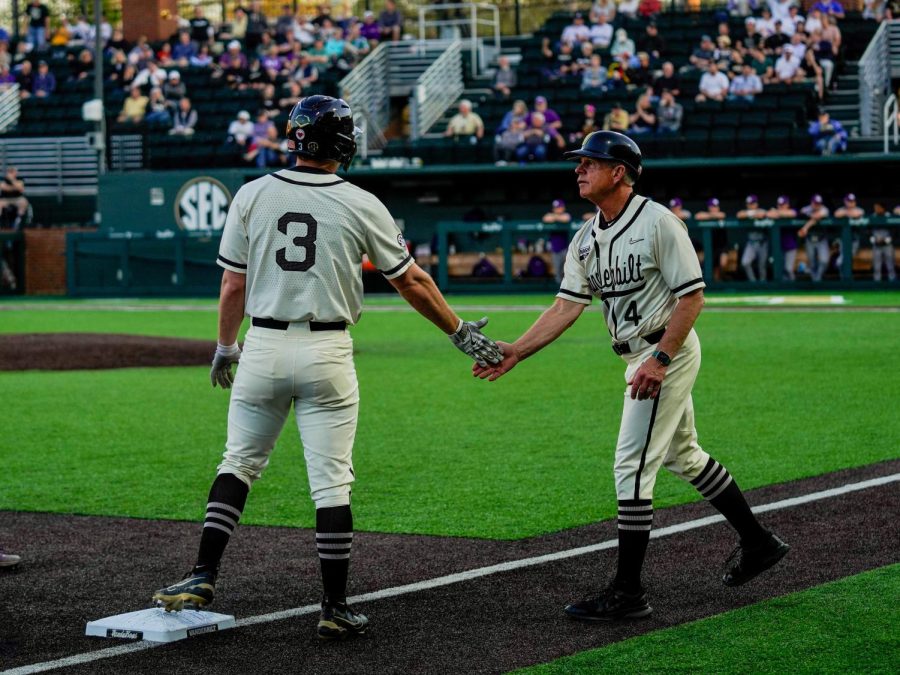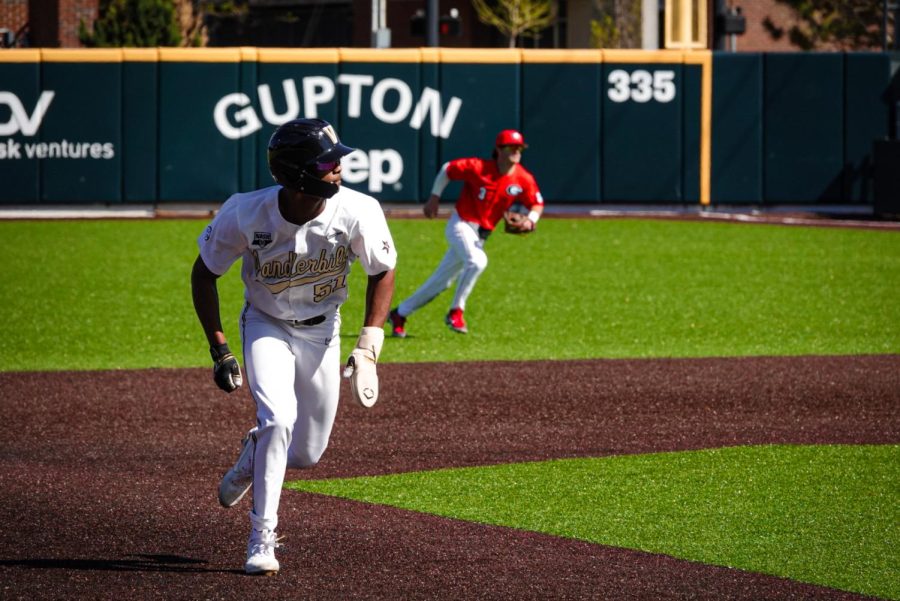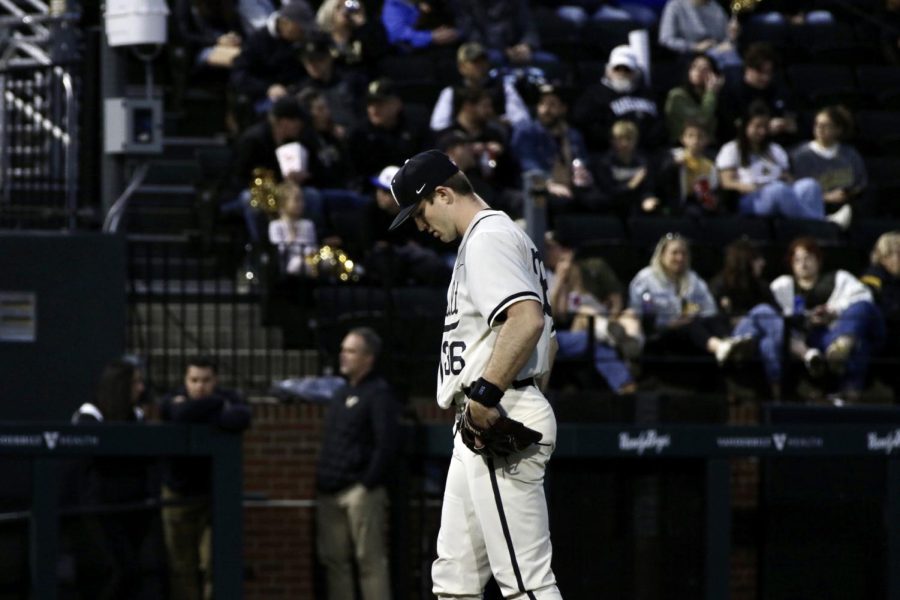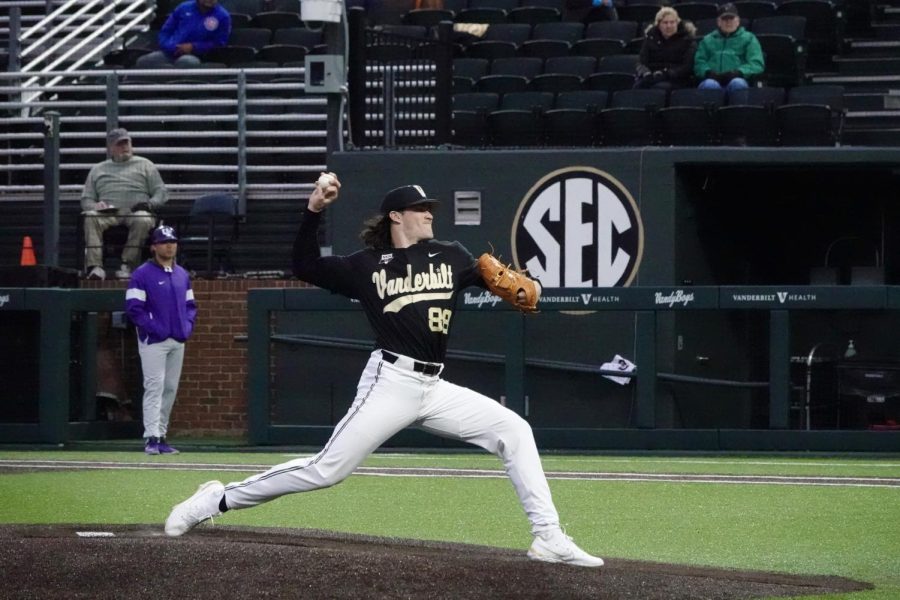The 2020 Major League Baseball (MLB) Draft, scheduled for Wednesday, June 10, won’t look the same as previous years. In light of the COVID-19 pandemic, the MLB decided to make some changes to the draft. While the league may never come out and say this, the changes were made to save its own wallet by limiting the number of minor leaguers and draft spending in order to advance their plans of cutting minor league teams.
These changes set the precedent that the league values monetary gain over its own players, and that it is working to build a more profitable future for baseball, not a more talented one.
Some of the major changes include cutting the draft, which traditionally consists of 40 rounds, to five rounds and limiting undrafted free agent signing bonuses to $20,000. Previously, teams could give undrafted free agents as much as they had left in their draft budget. Last year, 1,217 players were selected in the draft, and 960 players—including undrafted free agents—signed with their professional team, while many unsigned players went to college. This year’s draft will have only 160 players drafted, and given the $20,000 limit for undrafted free agents, it’s likely that not many more than 160 players get signed.
By lowering the number of players signed out of the draft, teams won’t be able to field as many minor league teams, so the MLB will use this to cut teams. The MLB stated in November before the pandemic that they planned to cut as many as 40 minor league affiliates after the 2020 season, so this change isn’t just because of coronavirus.
Cutting teams will have detrimental long-term effects and will likely alter the career path of many college baseball players and current minor league players. Thousands of players who previously would’ve been given the chance to prove themselves in the minor leagues will no longer have that opportunity. Plenty of MLB stars were low-profile, late-round draftees, but under the new draft rules, they wouldn’t have gotten the chance to develop in the minor leagues.
With so few players getting drafted, a question arises: what does this mean for college baseball? More specifically, what does this mean for the VandyBoys?
For one, the pandemic alone probably was enough to make next year’s collegiate baseball season one of the most stacked in history. With players already getting an extra year of eligibility, many players who would have either just graduated or gone pro will now be returning to campus. The same is now true for many juniors and draft-eligible sophomores as well, given the changes to the MLB Draft, as it moves from a 40 to five round draft.
The 2019 Draft saw a school-record 13 Vanderbilt players get drafted, with all but catcher Ty Duvall signing. While the changes won’t affect someone like utility man Austin Martin, who will likely be drafted within the first three picks, significantly fewer players will be drafted this year from every school, especially Vanderbilt. Pitchers Jake Eder, Tyler Brown, Mason Hickman, Hugh Fisher and Ethan Smith and outfielder Cooper Davis, guys who would have certainly been drafted before the changes, now may not be selected in the draft.
In addition to the college players Vanderbilt annually loses to the draft, the university also tends to lose a few of its top recruits each year. Some of the best high school players choose to forgo college and go directly to professional baseball. Last year alone the university lost four recruits, as Anthony Volpe, Kendall Williams, Trejyn Fletcher and Blaine McIntosh all signed with Major League clubs.
While the 2020 class may still lose a few high school players to the draft, the changes make it much more likely that some of the guys will end up at Vanderbilt. Since the draft has been shortened, team budgets will be significantly smaller than previous years. In order to suade them away from college baseball, high school players are often given much bigger signing bonuses, so teams have less incentive to meet those high demands this year. While someone like Robert Hassell, Tennessee Gatorade Player of the Year and potential top ten pick, will likely be going pro, the changes mean that there’s a much higher chance we’ll see other top recruits like Pete Crow-Armstrong or Enrique Bradfield Jr. in Nashville next spring.
It may seem like a good thing to be getting so much talent coming to the team, but these changes also pose a lot of problems. First, the new format is a threat to almost all players’ playing time, as they will be competing with both a higher quality and quantity of players. A little competition isn’t necessarily a bad thing, but when you suddenly have five guys competing for time at the same position, it becomes almost impossible to manage. Many players will lose out on playing time as a result of the draft changes.
While the NCAA has adjusted its rules for scholarships in light of the pandemic, these changes do not account for the MLB Draft changes. Many players will also likely be getting less money than they were originally supposed to in scholarships because they are divided among more people. Many players, both recruits and current college players, could end up deciding to go to a junior college, which would allow them to be drafted after one year. Experience at a junior college is likely to be cheaper, and players won’t have to wait at least two years to get drafted like they would at a four-year college.
Ultimately, the draft changes mean college baseball is probably due for the most stacked and competitive season we’ve ever seen. While these changes might not be a big deal to fans, they come at an extreme personal cost to many players. And for that, the MLB deserves everything it gets—both from players and fans.

